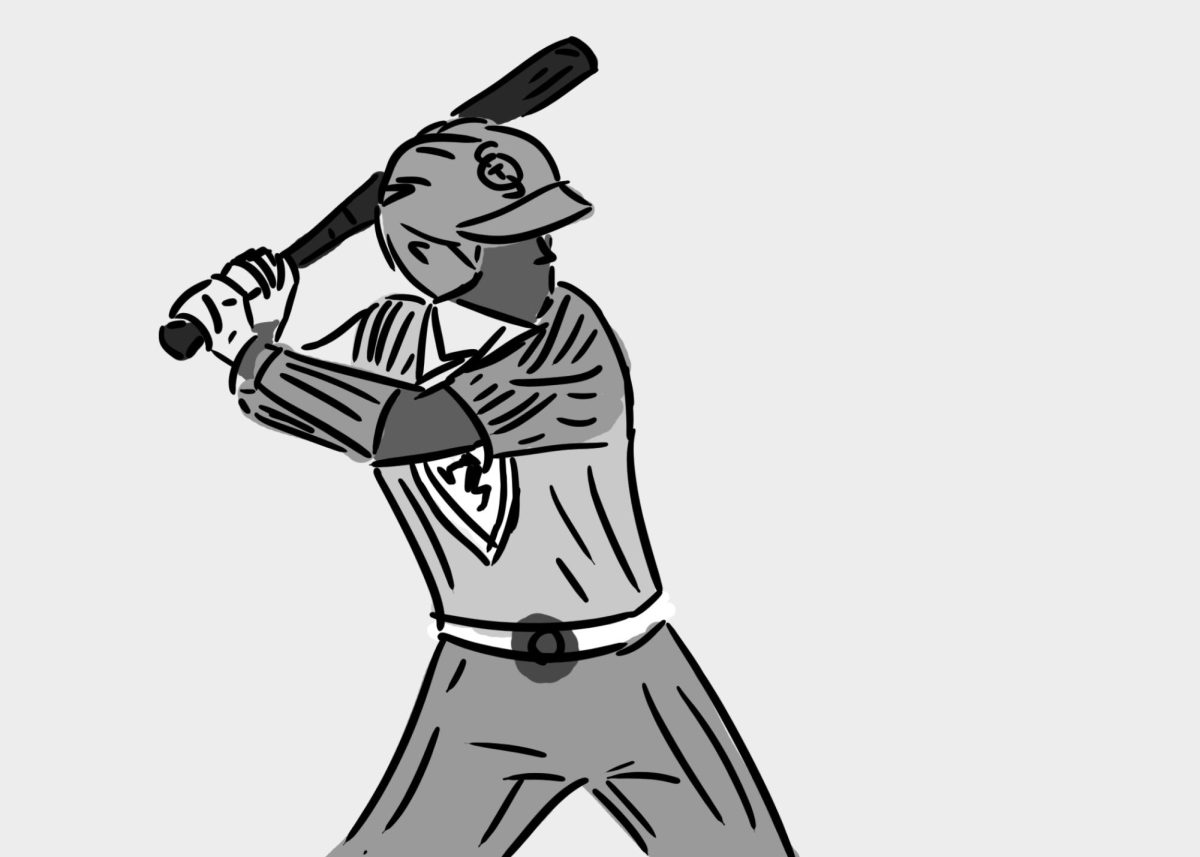The spring season should ultimately prove to be an exciting time for fans of professional sports. With the NBA entering the home stretch of its regular season while preparing for the break-neck playoffs and the MLB returning for its nine-month marathon of a schedule, spring should both be an exciting culmination and new beginning for sports fans looking to watch the best athletes of each respective sport compete.
However, despite the potentially invigorating circumstances, this spring has proven disappointingly anticlimactic for basketball and baseball followers alike. Multiple NBA stars are succumbing to possible season-ending injuries by the day, and MLB spring training is halfway concluded despite several notable free agents remaining undecided on the market. For the former, the past month has deflated weeks worth of stockpiled hype. For the latter, the same time period has felt like a premature prelude foreshadowing the beginning of an excruciatingly long regular season that doesn’t initially carry high stakes.
Both are direct results of the same underlying issue – regular seasons in American sports are simply too long for their own good and should be shortened in order to generate the maximum amount of maintained excitement for their respective active months. Decreasing bloated regular season schedules with superfluous contests and predictable eventual outcomes would do wonders for minimizing the injuries and stagnation that plague and potentially derail fan interest in both the NBA and MLB.
The spike in significant injuries during the previous month of regular season NBA competition is simply inexcusable, and, in some cases, threatens the playoff aspirations for fringe contenders. Take the Minnesota Timberwolves as an ideal example. One month ago, the young upstarts were slotted as a surefire fourth seed in a brutal Western Conference after gaining the leadership and flexibility of Jimmy Butler in the offseason. On a smooth path to its first postseason berth since 2004, Minnesota’s momentum halted after Butler was sidelined on Feb. 23 with a knee injury that will keep him from playing until at least the postseason. However, the Timberwolves now find themselves barely clinging to a sixth seed after losing their leader – less than two games currently separate them from falling out of a playoff spot entirely.
The same can be said for the San Antonio Spurs, who recently lost stars LaMarcus Aldridge and Kawhi Leonard, their spot in the western conference playoffs alongside them. The Cleveland Cavaliers had to sideline Kevin Love after a hand injury in late January, as did the New Orleans Pelicans when Demarcus Cousins went down for the season around the same time. Even if these teams do manage to resurrect their seasons and make a push toward the postseason, many of the stars that people tune in to witness won’t be active, only making the road for juggernaut teams like Golden State and Houston excruciatingly easy and dull.
This massive influx of major injuries toward the end of the season is clear evidence that the NBA schedule is sustained far beyond its breaking point. Many have complained that professional basketball has transformed into a monopoly where only a small handful of teams can possess realistic championship aspirations, and the increased injury risk that comes from a bloated schedule only widens this gulf.
Teams like the Warriors are locks for the playoffs early during the season and have the luxury of resting their players, but fringe contenders must keep pushing their limits and risking injury to their stars for numerous weeks into the spring, which is evidently unsustainable. Even if teams like the Timberwolves manage to claim a top eight seed, losing players like Butler due to injury significantly handicap them in a marathon postseason. At full potential, Minnesota is a worthy playoff team. But due to a lengthy season that perpetuates injury risk for teams that must keep playing at 100 percent in order to maintain a postseason berth, they might not even get that far.
Meanwhile, the MLB’s eight-month endurance test of a season not only increases risk of injury, especially for pitchers, but also bores more casual spectators. Playoff baseball is some of the most suspenseful and exciting action in professional sports, but during long months of daily regular season play containing significantly less importance, each game can seem notably less compelling. This is especially true when first place teams are clinching their divisions in early to mid September, calling into question the necessity of the final couple weeks.
Increased injury risk and minimal dramatic impact provide clear evidence that the NBA and MLB should consider shortening their seasons to keep their sports as entertaining as possible.



